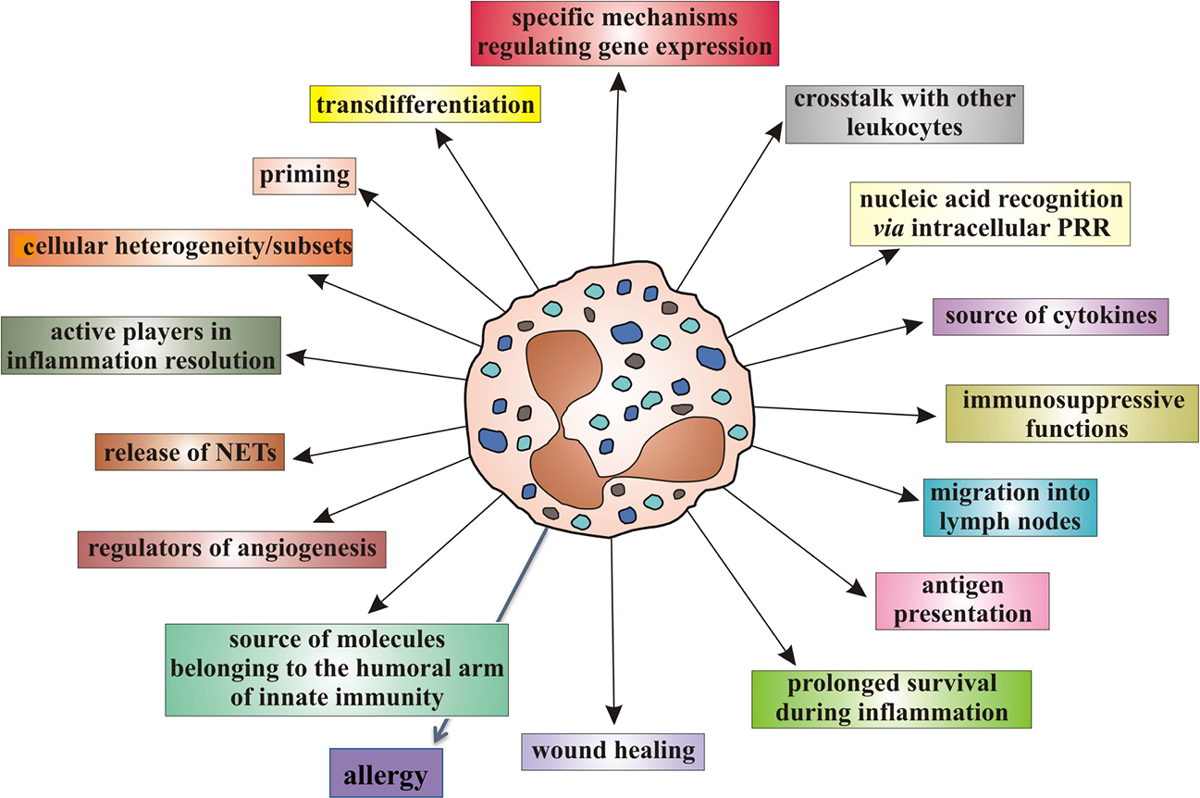Effectiveness of Manual Therapy for Chronic Tension-type Headache: A Pragmatic, Randomised, Clinical Trial
SOURCE: Cephalalgia. 2011 (Jan); 31 (2): 133–143
Rene F Castien, Danielle AWM van der Windt,
Anneke Grooten and Joost Dekker
Healthcare Centre Haarlemmermeer,
The Netherlands.
OBJECTIVE: To evaluate the effectiveness of manual therapy (MT) in participants with chronic tension-type headache (CTTH).
SUBJECTS AND METHODS: We conducted a multicentre, pragmatic, randomised, clinical trial with partly blinded outcome assessment. Eighty-two participants with CTTH were randomly assigned to MT or to usual care by the general practitioner (GP). Primary outcome measures were frequency of headache and use of medication. Secondary outcome measures were severity of headache, disability and cervical function.
RESULTS: After 8 weeks (n = 80) and 26 weeks (n = 75), a significantly larger reduction of headache frequency was found for the MT group (mean difference at 8 weeks, -6.4 days; 95% CI -8.3 to -4.5; effect size, 1.6). Disability and cervical function showed significant differences in favour of the MT group at 8 weeks but were not significantly different at 26 weeks.
There are more articles like this @ our:
CONCLUSIONS: Manual therapy is more effective than usual GP care in the short- and longer term in reducing symptoms of CTTH.
Dutch Trial Registration no. TR 1074.
From the FULL TEXT Article:
Introduction
The point prevalence of chronic tension-type headache (CTTH) in adults has been estimated at 3%. [1] In half of the CTTH cases, headache-related impairment in work performance and participation is reported. In addition to considerable impact on daily functioning and work participation, CTTH is a risk factor for overuse of analgesic medication. [2–4] Only about 20% of the CTTH patients seek medical care for their headache. This low consultation rate may be explained by insufficient information on the effectiveness of treatments or by negative experiences with healthcare. [2, 5, 6]
Several treatments are used in primary care, including pharmacology, physical therapy, stress management, and acupuncture. There is no substantial evidence to support any of these treatments. [7] In primary care, treatment for patients with CTTH is often provided by the general practitioner (GP). The Dutch national general practice guideline for the management of headache describes diagnostic and therapeutic algorithms, consisting mainly of re-assurance, life-style advice and medication. [8] The effectiveness of this guideline for patients with CTTH has not been investigated.
The pathogenesis of CTTH remains unclear. Pathophysiological theories considering central (sensitisation and inadequate endogenous pain control) and peripheral (myofascial nociception) pain mechanisms have been described and discussed in the literature. [7, 9] The relationship between CTTH and impairment of the craniocervical musculoskeletal function (forward head position, trigger points trapezius muscle, neck mobility) has been reported in recent literature. [10–13] This leads to the hypothesis that improvement of the craniocervical musculoskeletal function by manual therapy, an intervention targeted at mobilisation, active stabilisation of the cervical spine and postural correction, may be an effective intervention to reduce pain in CTTH.
Until now, evidence has been lacking to draw definite conclusions regarding the use of a manual therapy intervention in the treatment of CTTH. Previous studies show methodological shortcomings, including heterogeneity of mobilisation techniques and small sample sizes. [14] Well-designed clinical trials have been recommended to provide more substantial evidence for the effectiveness of manual therapy. [14, 15] The objective of our trial was to evaluate the effectiveness of manual therapy on frequency of headache, use of pain medication, impact of headache and cervical physical function in patients with chronic tension-type headache, compared to usual care by the GP.
Read the rest of this Full Text article now!





Leave A Comment